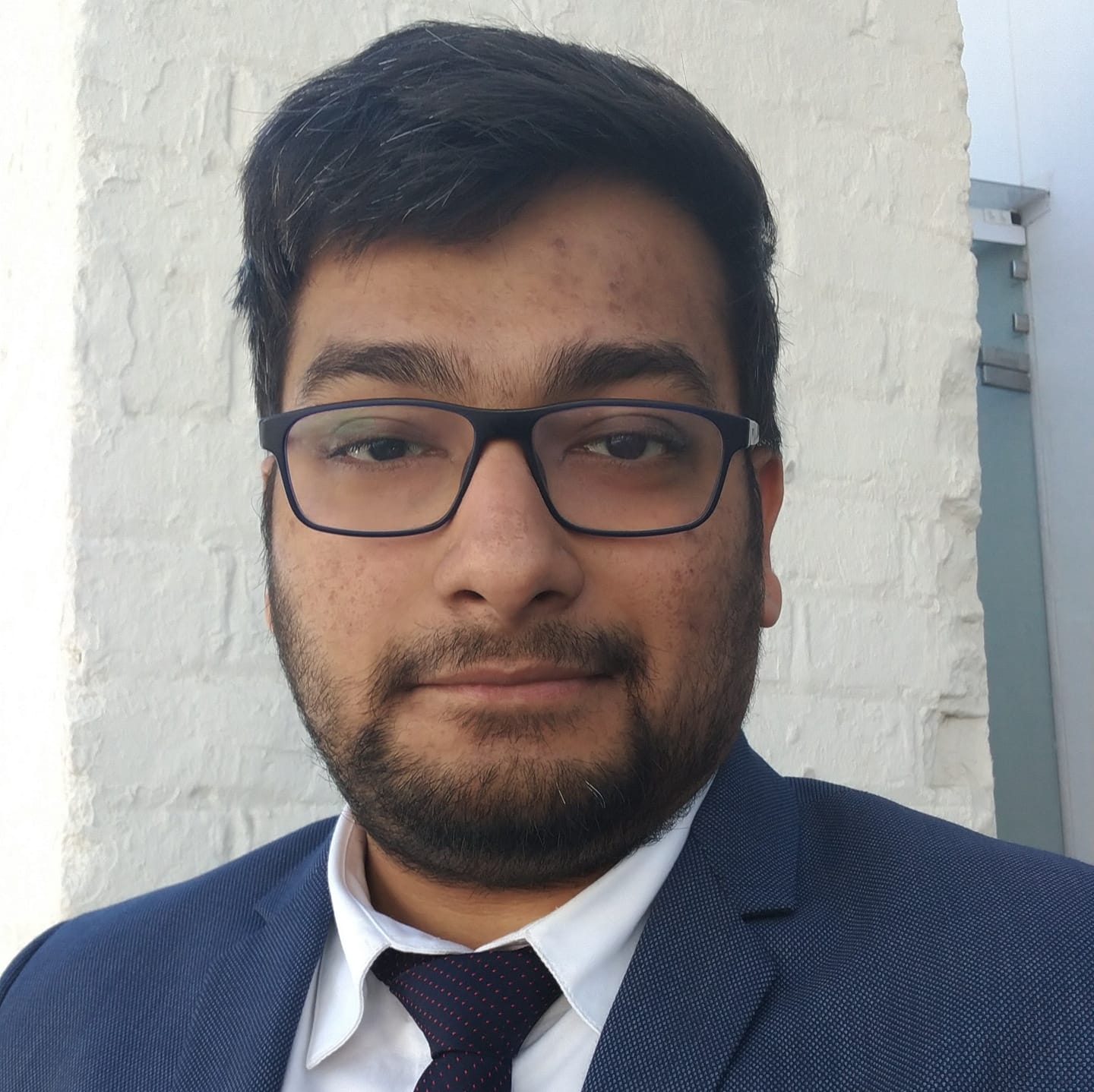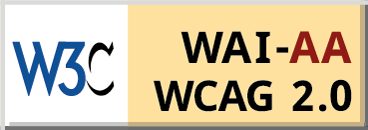‘Gen-Z’ Protests and Digital Activism in Africa
- October 17, 2025 |
- IDSA Comments
But what underlying causes explain such anti-government protests worldwide, led by a new generation of young adults? Do these protests have any formal leadership? Are they decentralised, or is there a likelihood of such movements getting hijacked by the political class? Given that Gen Z is a digitally tethered cohort who widely use social media platforms, are recent protests in Morocco and Madagascar indicative of the emergence of a new toolkit for activism across Africa?
Why is Digital Activism in Africa Surging?
The African continent’s digital transformation is accelerating, driven primarily by a surge in digital innovations and smartphone ownership. Although Africa is bound by geographical divisions, digital and emerging technologies can be important in unifying the continent. Africa’s smartphone market has steadily expanded year-on-year due to easing inflation in countries like Nigeria and Egypt, stronger local currencies, and growing demand for affordable, low-cost devices.
African youths have been at the forefront of digital activism, using social media platforms like Discord, WhatsApp, Facebook and Telegram to amplify their voices and mobilise support. With over 70 per cent of Africa’s population under 30 years old, the continent presents a fertile ground for digital activism and policy advocacy. Some notable movements include #EndSARS in Nigeria, #FixTheCountry in Ghana, #ShutItAllDown in Namibia, and #RejectFinanceBill in Kenya, illustrating the power of digital platforms to drive social change.[1]
African start-ups like Ushahadi (Kenya), BudgIT (Nigeria) and Code for Africa are innovating in the digital rights space. Activists and civil society organisations like Paradigm Initiative, Internet Sans Frontières, and Africa Digital Rights Hub are leading advocacy efforts for policy reforms. Yet, formidable challenges persist. Low internet penetration in rural areas and exorbitant data costs hinder digital inclusion. Some African governments use digital surveillance, censorship and arrests to stifle online dissent and prevent mass mobilisation. Disinformation campaigns seeking to manipulate African information systems have also surged in recent years in countries ruled by military juntas.[2] A prominent example is the AI-generated disinformation used extensively in Burkina Faso to create propaganda that portrays its junta leader, Captain Ibrahim Traore, as a pan-African hero.[3]
Morocco Protests
In late September 2025, Moroccan youth called for protests on social media using the #GenZ212 hashtag (212 is Morocco’s telephone country code). Demonstrations began after Morocco unveiled the US$ 75 million Moulay Abdellah football stadium in Rabat. Simultaneously, various reports of medical negligence from different parts of the nation started to surface, raising questions about Morocco’s development priorities.[4]
The youth feel disenfranchised by Rabat’s public policies and international ambitions, primarily catering to external audiences and tourists. The protests were Morocco’s first demonstrations since the Arab Spring and the February 2020 movement. The 2011 protests resulted in constitutional reforms limiting the power of the Monarch. The reforms granted more authority to the legislative and executive branches. However, owing to the constitutional reforms, it is now more difficult for the King to dissolve the government, as it requires a broader consensus and action by the parliament. Some protestors’ demands were political as they wrote a letter addressed to King Mohammed VI, asking him to dismiss the government and convene a government forum to hold public officials accountable.[5]
Moroccan authorities responded sternly to the latest demonstrations, with 500 people reportedly being arrested and three people killed. Morocco has a good track record in managing crises and will likely absorb the current protests and gradually return to normalcy. Nonetheless, the protests are a wake-up call and point to the deep chasm between a young, digitally connected generation and Morocco’s governing elites.
Madagascar Protests
Unlike in Morocco, Madagascar’s government has been toppled after President Andry Rajoelina reportedly fled the country on 14 October 2025 to “find a safe place to protect his life”.[6] Malagasy people protested his administration for weeks due to a lack of water supply and repeated power outages in the capital, Antananarivo. The protests began as a youth-led movement known as Gen Z Mada, which coordinated over social media and tied up with civil society groups and trade unions.
The United Nations reported that the unrest has led to at least 22 deaths. To make matters worse, the Corps d’administration des personnels et des services administratifs et techniques (CAPSAT) unit of the Madagascar Armed Forces began refusing to follow orders from the Rajoelina government, urged the rest of the military to join the protest, and sided with the young demonstrators. Media reports term the development a “coup” reminiscent of the military takeovers in Sahel, West Africa.[7] This is the same elite CAPSAT military unit with whose help Rajoelina had assumed power in 2009 as head of the transnational government following a military coup. The same unit is now rebelling against him. Most recently, CAPSAT has announced the overthrow of the Rajoelina government and the formation of a transitional government.
Despite Rajoelina expressing his desire to have a dialogue with young people and even dismissing Prime Minister Christian Ntsay, protestors are demanding his resignation. Now that he has fled the country, CAPSAT has taken over. Will new elections take place? Only time will tell, but for now, the CAPSAT unit has declared that it commands the country’s armed forces and has appointed a new military leader. The defence minister has reportedly accepted this move in Rajoelina’s absence.[8] Some reports indicate that Col. Michael Randrianirina has assumed power, and he hinted that a possible referendum could be undertaken within two years.[9]
Madagascar, a former French colony, has a per capita GDP of just US$ 545. More than three-fourths of the population lives below the poverty line, and half are under 18 years old. Since its independence in 1960, the nation has had a history of instability, institutional weakness and persistent lack of access to basic services. Additionally, there has been lingering resentment over the President’s reported French citizenship.
Commonalities between the Protests
Social media platforms allow for rapid communication, coordination and fast mobilisation. While the context and nuances within the ‘Gen Z’ protests in Morocco and Madagascar may vary, they share specific common root causes. In both nations, the political elites have done little to improve the economic plight of their citizens. This is evident in Madagascar, where income per capita has fallen since its independence from France. Morocco’s lack of quality public services was juxtaposed with the government investing billions into building football infrastructure. So the question arose whether the Moroccan government prioritised sports infrastructure over basic public services.
Another common thread is the extreme imbalance of power and resources between a handful of elites and the rest of the population. The gap between the rich and the poor is evident and growing in both countries. The rift between the governing political class and ordinary people is expanding, with the elites controlling most of the power and resources.
The recent protests in Morocco and Madagascar highlight how the young population, or ‘Gen Z,’ is redefining activism by leveraging digital tools to mobilise people, amplify voices and challenge political systems on what they deem governmental corruption and the inability to deliver public services. These protests were initially decentralised, had no formal leadership, and were successfully mobilised using social media platforms. However, online enthusiasm and energy have to translate to sustained political engagement to achieve systemic change.
Like during the Arab Spring, when protests in Tunisia spread to other Arab countries, the current protests in Morocco and Madagascar could have ripple effects across the larger Middle East and North Africa region.
Views expressed are of the author and do not necessarily reflect the views of the Manohar Parrikar IDSA or of the Government of India.
[1] Joshua Muhammed, “Digital Rights Activism in Africa is Surging, Here’s Why”, African Leadership Magazine, 14 March 2025.
[2] “Mapping a Surge of Disinformation in Africa”, Africa Center for Strategic Studies, 13 March 2024.
[3] Raphael Parens, “Burkina Faso: The World’s Disinformation Lab is an International Security Disaster”, Foreign Policy Research Institute, 25 June 2025.
[4] Imane Lechheb, “Protests Erupt in Agadir’s Hassan II Hospital After Six Women Die in Recent Weeks”, Hespress English, 15 September 2025.
[5] Firdaous Naim, “Moroccan Gen Z212 Issues Open Letter to King Mohammed VI Demanding Accountability and Reform”, Morocco World News, 3 October 2025.
[6] Lovasoa Rabary, Tim Cocks and Giulia Paravicini, “Madagascar’s President Has Left the Country After Gen Z Protests, Officials Say”, Reuters, 14 October 2025.
[7] Garvit Bhirani, “Madagascar Govt Toppled Amid Gen Z Protests as President Rajoelina Flees Country Claims Coup Attempt – What We Know”, LiveMint, 14 October 2025.
[8] Rishika Singh, “After Nepal and the Philippines, Why Have Youth-led Protests Rocket Morocco and Madagascar?”, The Indian Express, 12 October 2025.
[9] Nqobile Ntshangase and Brian Inganga, “Madagascar’s President is Ousted in a Military Coup After Weeks of Youth-led Protests”, Associated Press, 15 October 2025.





